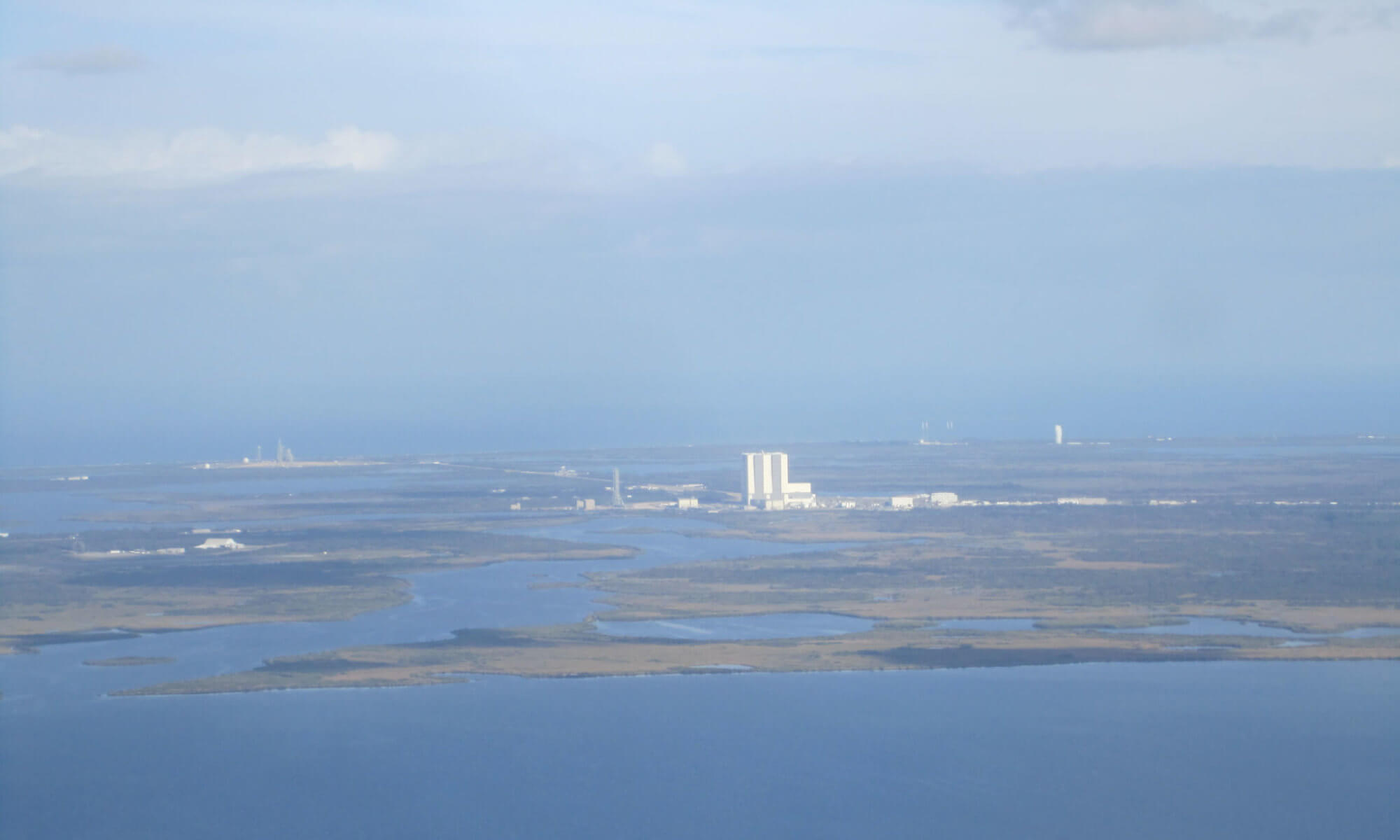A few years after their arrival in the Roman Imperial Era, Arthur, now Artorius, and his former students have set the Roman Empire well on the path to rapid economic and military expansion. But just as things seem to going well, they learn than in ancient China, another time traveling team arrived on the same day that they did. These were sent not to prevent future apocalyptic nuclear conflict, but to ensure China ruthlessly dominates the world.
This is a pager turner just like the first installments, especially for a history enthusiast. The subtle and not so subtle changes, engendered by the protagonists are explored in detail, with extensive discussions on the consequences. There are a number of long tangential infodumps, but these are so interesting that they don’t detract from the pacing. The internal struggles of the five “moderns” as they have to grapple with the fact that they will not have lasting peace in their lives are well explored. The battle scenes are excellent, despite being in a way extensive essays on military technology development. One critique is that Mr. Stirling oft repeats the same background facts about various characters, indicating that perhaps one more editing pass would have been in order.


















